Immediately after the Liberation of the South, the railway industry also made efforts to restore the Thong Nhat railway line. By the end of 1976, the first trains departed from Hanoi and Saigon stations, marking the resumption of the North-South railway line after decades of interruption.
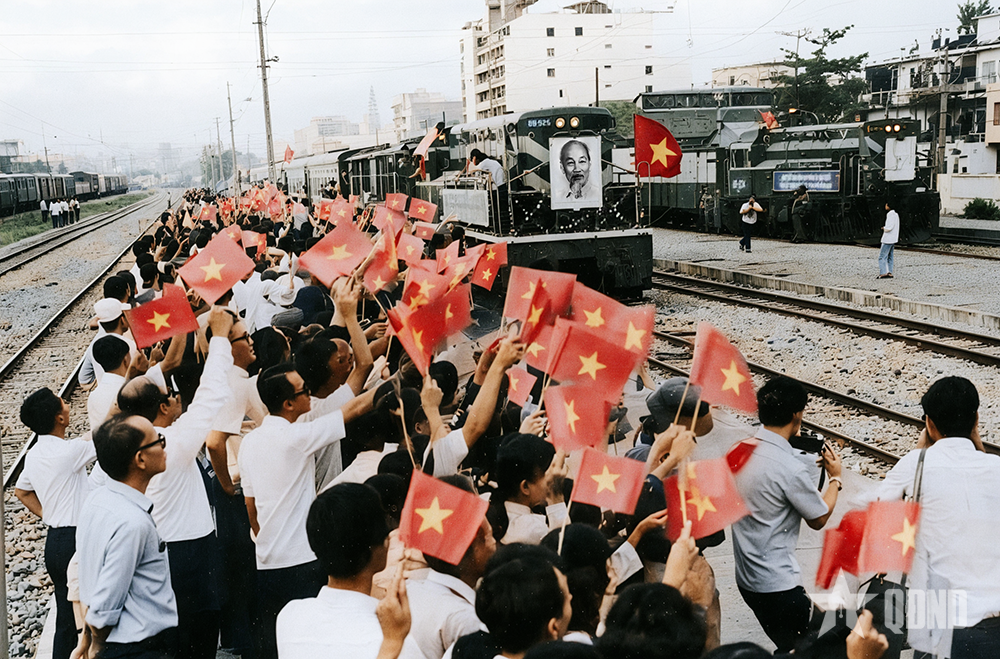 |
| People welcome the inaugural train of the Thong Nhat railway line departing from Hanoi to Ho Chi Minh City on January 4, 1977. Photo provided by Vietnam Railways Corporation. |
Flights to the North and South
The 919th Air Transport Regiment, the first military-civil aviation transport unit of the Democratic Republic of Vietnam (now the Socialist Republic of Vietnam), was organized into Brigade 919 in 1973 and directly participated in the Ho Chi Minh Campaign in 1975. The aircraft of the air transport-civil aviation force conducted 163 flights, mobilizing 4,250 officers and soldiers, transporting 120.7 tons of weapons and technical equipment to meet the urgent needs of the campaign.
Following the rapid progress of our Army, the transport air force also operated busily. The unit's aircraft continuously transported troops and weapons from Gia Lam airport (Hanoi) to Dong Hoi airport (Quang Binh), then transported delegations of cadres to take over airports in Buon Ma Thuot (Dak Lak), Hue, Da Nang, Phan Rang (Ninh Thuan). On the afternoon of April 28, 1975, the Quyet Thang Squadron took off from Phan Rang to attack Tan Son Nhat airport, achieving a resounding victory.
The history of the 919th Air Transport Regiment also recorded: Just one day after the total victory, May 1, 1975, the Mi-6 aircraft piloted by comrade Le Dinh Ky landed at Tan Son Nhat airport, carrying a large national flag to plant on the roof of the Independence Palace. In mid-May 1975, the plane took off from Gia Lam airport and flew straight to Tan Son Nhat airport, bringing President Ton Duc Thang and the Party and State delegation to Saigon to attend the victory celebration and national reunification.
Journey to connect millions of hearts
If the airline had its first flight soon after the victory day, the restoration of the North-South Reunification Railway took more time. During the war, many sections of the railway, stations, and bridges of the trans-Vietnam railway were destroyed. By the end of 1975, the Saigon-Phu My and Da Nang-Hue railways were in operation, while other sections had to be completely rebuilt, such as Vinh-Quang Tri and Da Nang-Bong Son. The country was unified, and the need for North-South trade required the early restoration of the trans-Vietnam railway. To carry out this task, more than 100,000 workers at construction sites and factories worked urgently, creatively, and overcame many difficulties and hardships. In December 1976, workers connected the last rail of the Reunification Railway. On December 31, 1976, the inauguration ceremony of the first phase of the North-South railway line took place in Hanoi and Ho Chi Minh City with two trains departing from Hanoi and Saigon stations, marking the resumption of the trans-Vietnam railway after more than 30 years of interruption. The Thong Nhat railway line became a symbol of the strength of solidarity and the will to unify our nation after defeating the imperialist invaders.
Directly participating in the restoration of the North-South railway line and being present on the historic train connecting the two regions of the country, Mr. Nguyen Minh Quang, former Deputy Captain of the Self-Defense Company, Railway Self-Defense Battalion under the General Department of Railways, recalled: "Along the way to Saigon station, people saw the train and waved and cheered, happy and excited. Arriving at Saigon station, the crowd of people welcoming the train filled the entire platform." Joining the common joy of the whole country, Mr. Nguyen Minh Quang felt even more honored and proud to have contributed his part to the historic journey of the Thong Nhat train. As Mr. Quang shared, not only the railway industry, the restoration of the Thong Nhat railway is the achievement of the whole nation.
On the occasion of the 50th anniversary of the Liberation of the South and National Reunification, the railway industry organized the operation of a pair of special trains named "Reunification Train". These are specially designed trains, bearing the mark of the historical event nearly 50 years ago. On the evening of April 29, 2025, the "Reunification Train" is train SE1 departing from Hanoi station and train SE4 departing from Saigon station. The two trains will meet at 12:00 on April 30, at Da Nang station. A representative of Vietnam Railways Corporation said that the reenactment of "Reunification Train" is with the desire to create a journey to look back on history, connect millions of hearts, help us understand and appreciate more the value of peace today.
The railway industry also built the Reunification Train in cyberspace, each train ticket will be represented by a national flag on the ticketing system. Filling the train cars with the image of the national flag also contributes to recreating the Reunification Train in modern times, making each trip a journey of solidarity and national pride.
MANH HUNG
* Please visit the Economics section to see related news and articles.
Source: https://baodaknong.vn/nhung-chuyen-hanh-trinh-dau-tien-cua-bac-nam-thong-nhat-251329.html


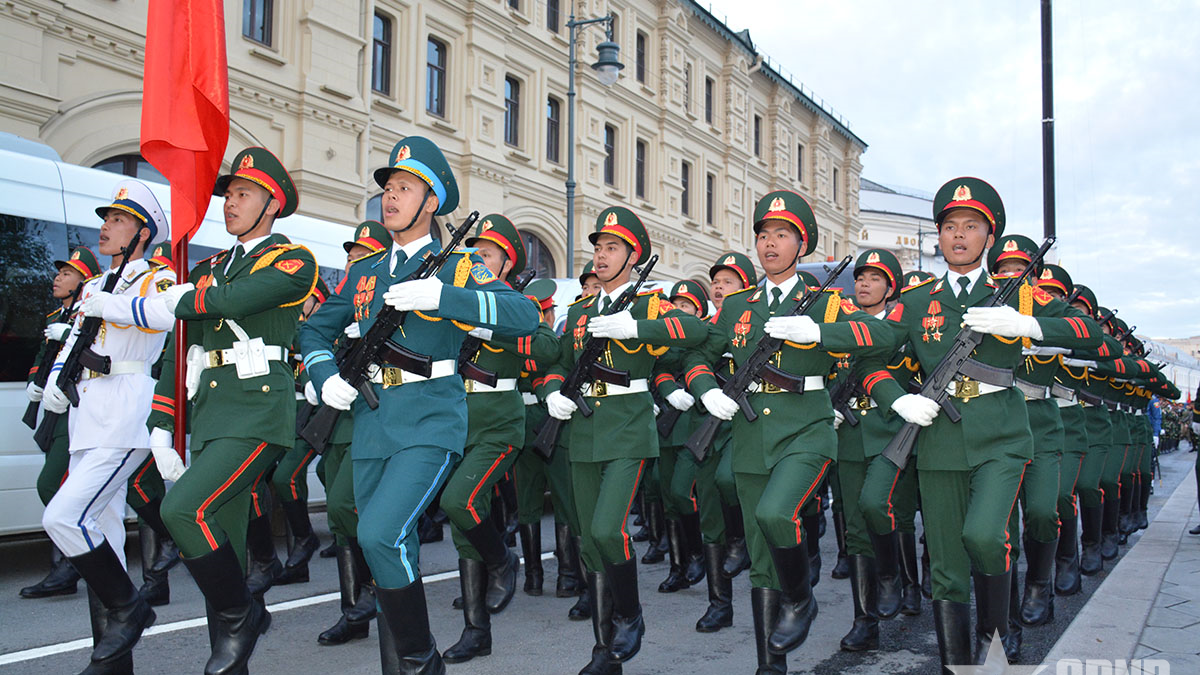

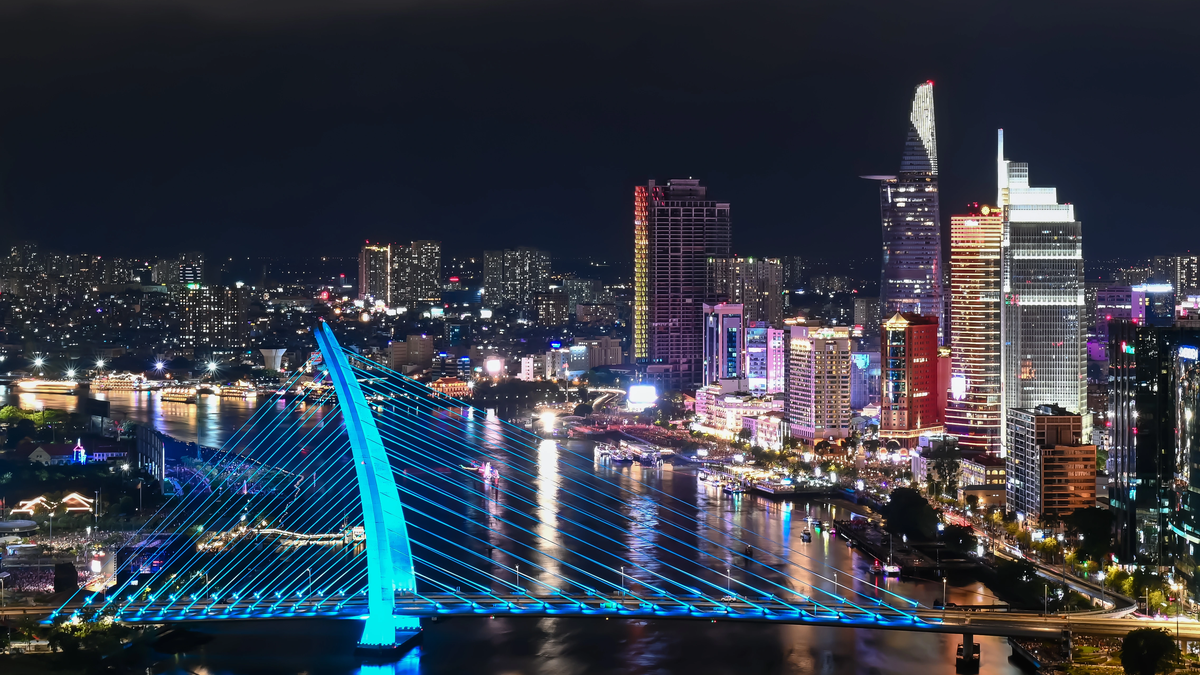
![[Photo] Vietnam shines at Paris International Fair 2025 with cultural and culinary colors](https://vphoto.vietnam.vn/thumb/1200x675/vietnam/resource/IMAGE/2025/5/4/74b16c2a197a42eb97597414009d4eb8)


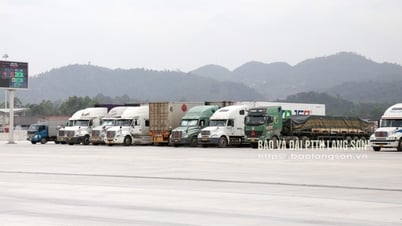


![[Video]. Building OCOP products based on local strengths](https://vphoto.vietnam.vn/thumb/402x226/vietnam/resource/IMAGE/2025/5/3/61677e8b3a364110b271e7b15ed91b3f)








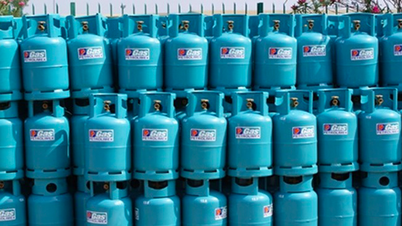
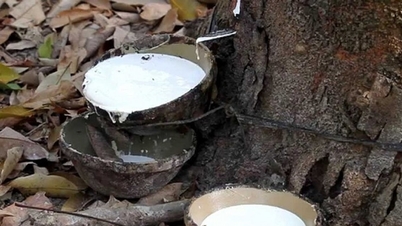








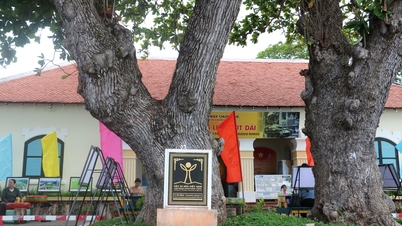

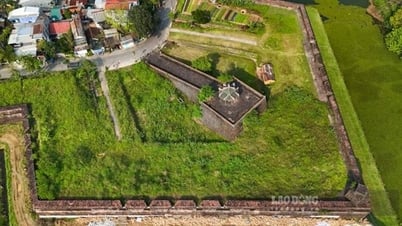




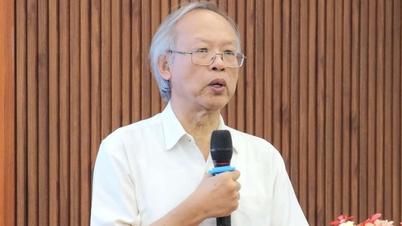

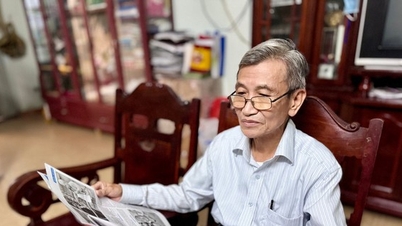
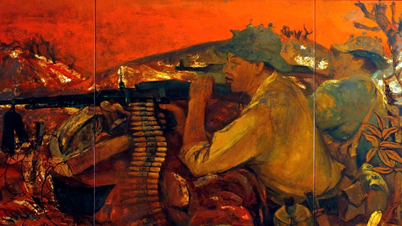







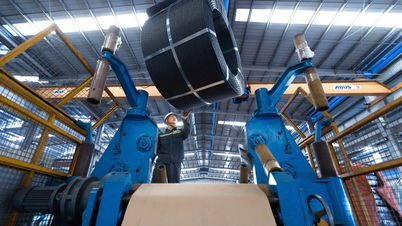



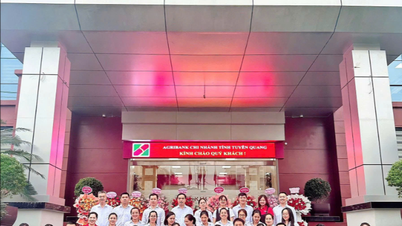


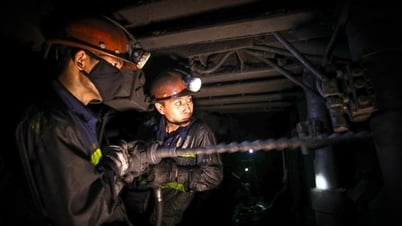







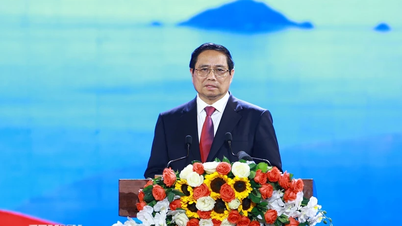

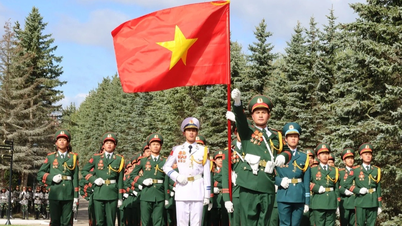

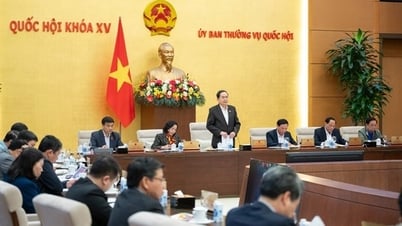
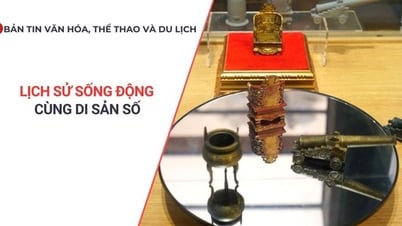








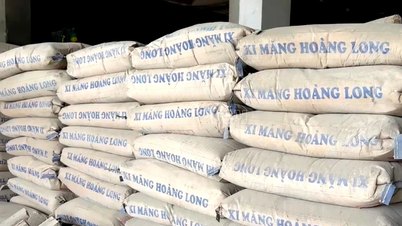



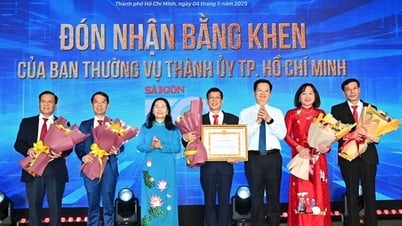

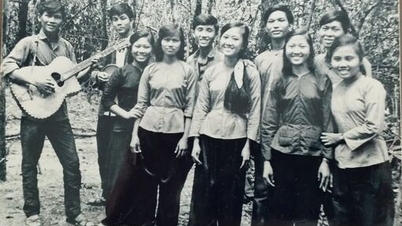

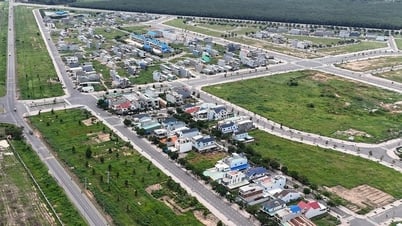









Comment (0)